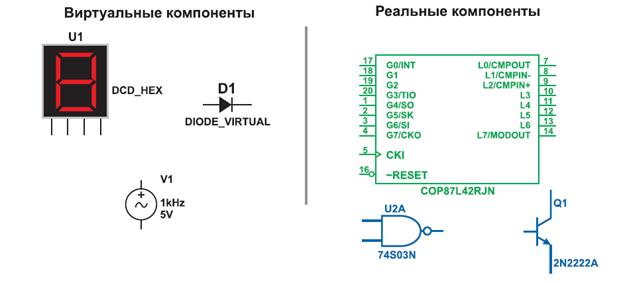Kinds of Cases
As a juror, you may sit on a criminal case, a civil case, or both. Civil Cases. Civil cases are usually disputes between or among private citizens, corporations, governments, government agencies, and other organizations. Most often, the party bringing the suit is asking for money damages for some wrong that has been done. For example, a tenant may sue a landlord for failure to fix a leaky roof, or a landlord may sue a tenant for failure to pay rent. People who have been injured may sue a person or a company they feel is responsible for the injury. The party bringing the suit is called the plaintiff; the party being sued is called the defendant. There may be many plaintiffs or many defendants in the same case. The plaintiff starts the lawsuit by filing a paper called a complaint, in which the case against the defendant is stated. The next paper filed is usually the answer, in which the defendant disputes what the plaintiff has said in the complaint. The defendant may also feel that there has been a wrong committed by the plaintiff, in which case a counterclaim be filed along with the answer. It is up to the plaintiff to prove the case against the defendant. In each civil case the judge tells the jury the extent to which the plaintiff must prove the case. This is called the plaintiffs burden of proof, a burden that the plaintiff must meet in order to win. In most civil cases the plaintiffs burden is to prove the case by a preponderance of evidence, that is, that the plaintiffs version of what happened in the case is more probably true than not true. Jury verdicts do not need to be unanimous in civil cases. Only ten jurors need to agree upon a verdict if there are 12 jurors: five must agree if there are six jurors. Criminal Cases. A criminal case is brought by the state or by a city or county against a person or persons accused of having committed a crime. The state, city, or county is called the plaintiff; the accused person is called the defendant. The charge against the defendant is called an information or a complaint. The defendant has pleaded not guilty and you should presume the defendant's innocence throughout the entire trial unless the plaintiff proves the defendant guilty. The plaintiffs burden of proof is greater in a criminal case than in a civil case. In each criminal case you hear the judge will tell you all the elements of the crime that the plaintiff must prove; the plaintiff must prove each of these elements beyond reasonable doubt before the defendant can be found guilty. In criminal cases the verdict must be unanimous, that is, all jurors must agree that the defendant is guilty in order to overcome the presumption of innocence.
|




